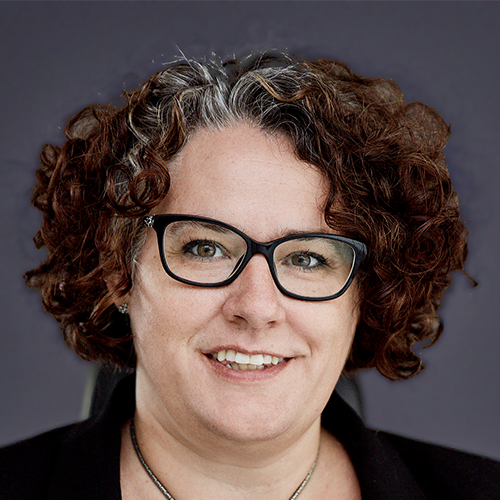Put simply the United Nations Convention on the Rights of Persons with Disabilities (CRPD) and its Optional Protocol is a tool. A tool to help persons with disabilities all over the world to achieve the same personal rights as any other citizen of the world. It is an instrument to promote human rights for people with disabilities.
The convention itself consists of a number of rights that the ratifying countries commit themselves to realizing and most important amongst these are:
- The freedom to make your own choices and to live independently of others.
- Freedom from discrimination.
- Full and effective participation and inclusion in public life.
- Respect for differences and acceptance of people with disabilities as a part of the diversity of humanity.
To oversee the convention a committee is set up consisting of experts from the ratifying countries. The Committee (also referred to as the CRPD) will receive regular reports from their countries and from the independent human rights institutes or similar bodies set op in the countries to oversee the implantation of the convention.
From www.un.org:
“The Convention on the Rights of Persons with Disabilities and its Optional Protocol (A/RES/61/106) was adopted on 13 December 2006 at the United Nations Headquarters in New York, and was opened for signature on 30 March 2007. There were 82 signatories to the Convention, 44 signatories to the Optional Protocol, and 1 ratification of the Convention. This is the highest number of signatories in history to a UN Convention on its opening day. It is the first comprehensive human rights treaty of the 21st century and is the first human rights convention to be open for signature by regional integration organizations. The Convention entered into force on 3 May 2008.
The Convention follows decades of work by the United Nations to change attitudes and approaches to persons with disabilities. It takes to a new height the movement from viewing persons with disabilities as “objects” of charity, medical treatment and social protection towards viewing persons with disabilities as “subjects” with rights, who are capable of claiming those rights and making decisions for their lives based on their free and informed consent as well as being active members of society.
The Convention is intended as a human rights instrument with an explicit, social development dimension. It adopts a broad categorization of persons with disabilities and reaffirms that all persons with all types of disabilities must enjoy all human rights and fundamental freedoms. It clarifies and qualifies how all categories of rights apply to persons with disabilities and identifies areas where adaptations have to be made for persons with disabilities to effectively exercise their rights and areas where their rights have been violated, and where protection of rights must be reinforced.
The Convention was negotiated during eight sessions of an Ad Hoc Committee of the General Assembly from 2002 to 2006, making it the fastest negotiated human rights treaty.”
